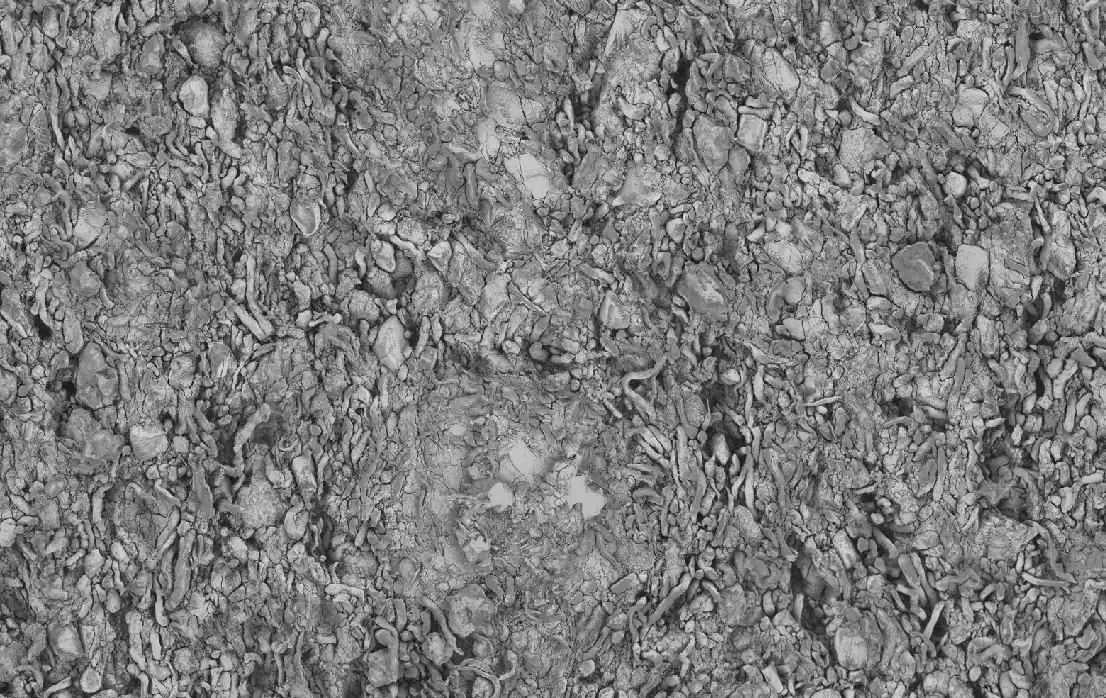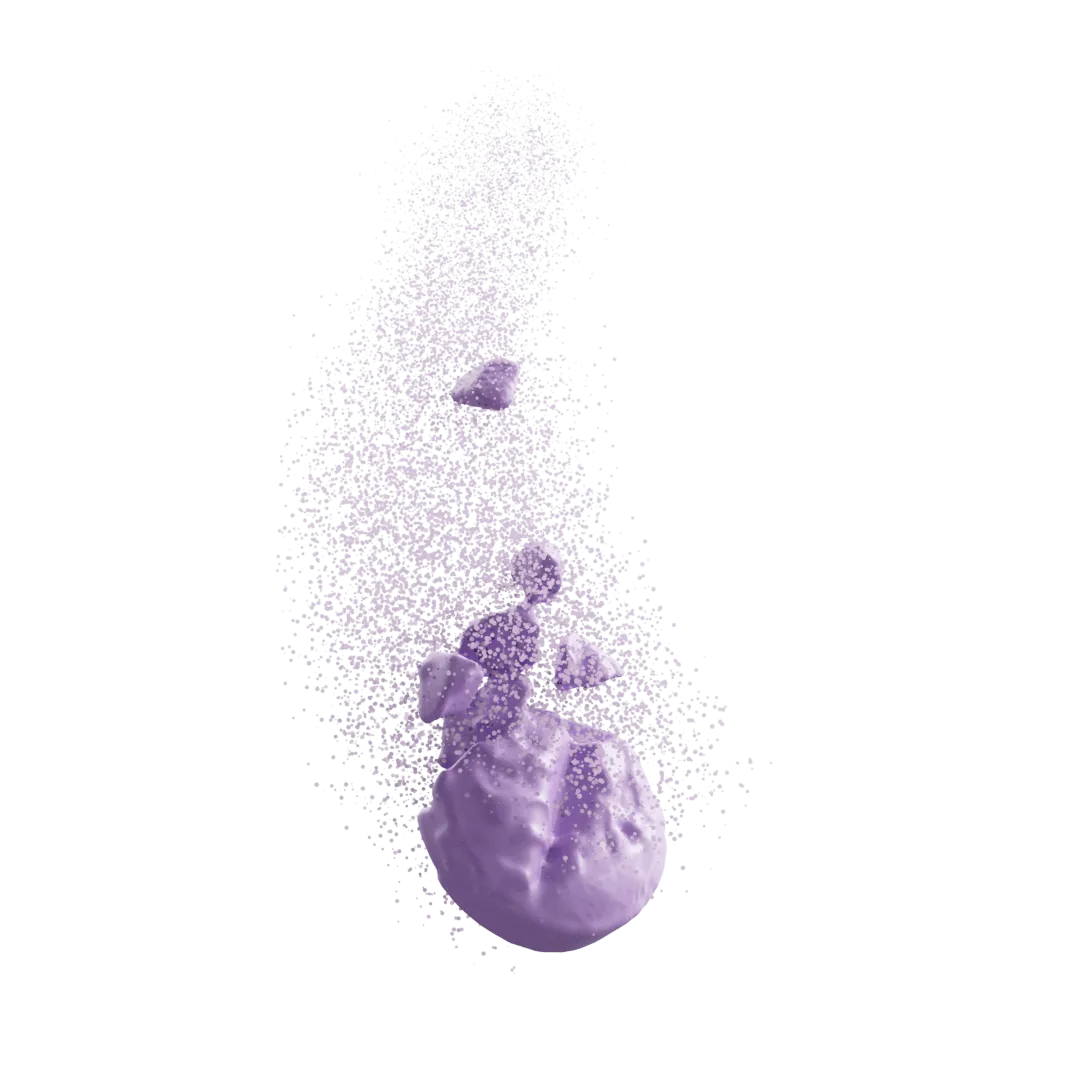The Uncertainty of Physical Measurements: How Pore Properties Affect Porosity Analysis
Assessing the limitations of physical methods of MICP and the need for 3D imaging to accurately measure pore size distributions.

In my previous blog post, on the uncertainty in porosimetry measurements, we revealed another limitation shared by most physical measurement approaches.
None of the existing physical methods truly measure pore size distribution. This necessitates a revisit of the definition of a pore. Figure 2a shows a family tree of porosity, in the context of pharmaceutical product development and evaluation.

Porosity, also referred to voids and inclusion in non-destructive testing community, has 5 descendant family of properties: uniformity, geometry, network, transport, and physical modifications of hosting material. Figure 2b shows the commonly accepted definitions between pore body and pore throat. MICP, as the only contending method to measure pore size, measures controlling pore throat that responds to the intruding pressure. In another word, when pressure is high enough to pass one pore throat, all pore space behind that pore throat will become the volume measurement corresponding that controlling pore throat. If a MICP measurement shows that 90% of porosity is 50nm, it actually means that 90% of porosity is controlled by 1 or multiple throats that is 50nm in diameter. It provides no information on how exactly the pore network corresponding to the 90% porosity should look like.
Gas adsorption-based methods can measure surface porosity. It is an active debate whether small gas molecules can penetrate the walls of a solid material and measure closed pores. Its primary limitation is associated with monolayer adsorption assumption, which is often invalidated in the small pores due to capillary condensation. Other techniques such as thermoporosimetry and cryoporometry requires a combination of DSC, NMR, or NS, which await validation.
3D imaging is arguably the only method that can measure porosity both accurately and thoroughly to cover all its family members. Direct visual analysis of pores, whether they are at the nanoscale or appear as macro-scale voids, provides an examination not biased by the physicochemical behavior and interactions that other techniques rely on. It also enables a deep exploration of the porosity family tree, so long as the imaging techniques are appropriately selected to cover representativeness and different scales of porosity.
More Blog Articles
Transform Your Program with Microstructure Science
Get started with a drug product digital twin.




















